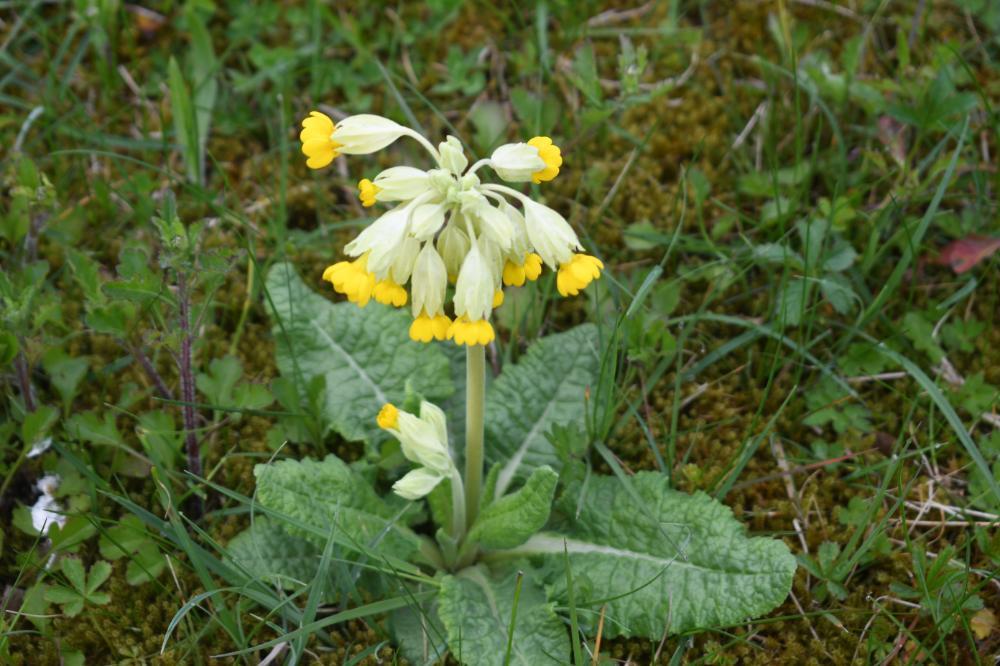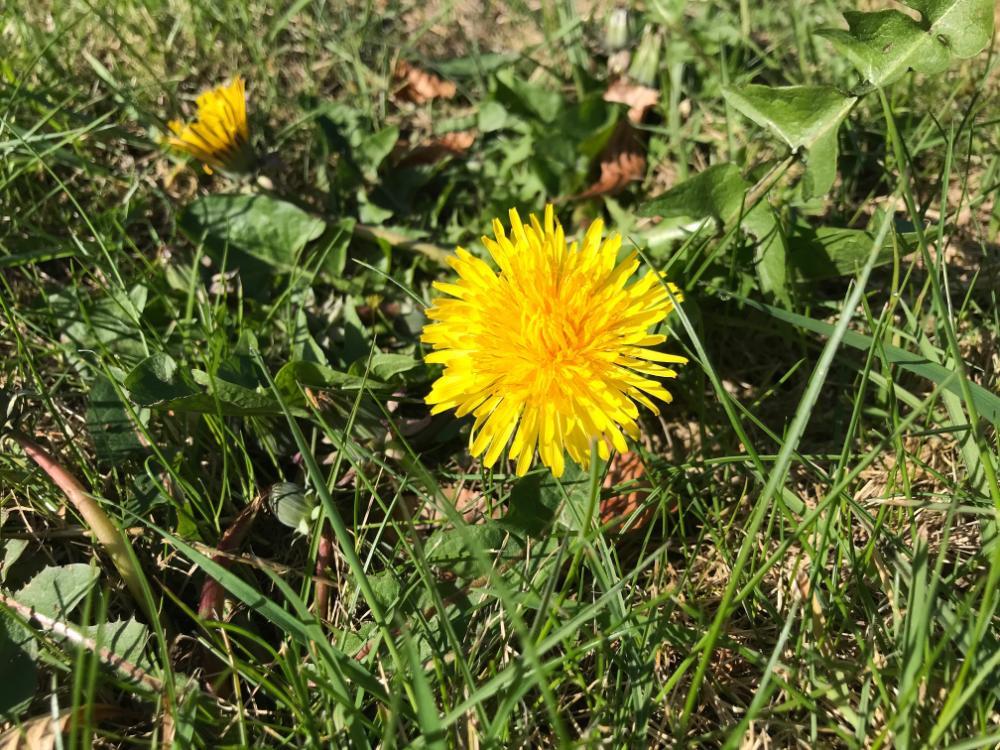29 April 2023
Growing Wild: Dandelions and cowslips

Now is the time to look out for Dandelions and Cowslips, according to Catherine Keena, Teagasc Countryside Management Specialist, who takes a closer look at some of our native Irish biodiversity.
Dandelions
Look out for dandelions – not too hard to find. While this perennial plant keeps its leaves during winter and occasional plants bloom from January, the splash of yellow is now everywhere on roadsides, grass verges, weedkiller free unmown lawns and urban areas. They are opportunists, surviving in crevices with infertile soil and arid conditions. Bright yellow is visible from a distance, reflecting light and heat – useful in spring with fewer flowering plants and insects around. Over a hundred insects use dandelions, including bumblebees, honeybees, solitary bees, hoverflies, butterflies, moths and pollen beetles. While it may be hated by some gardeners, it is part of our native Irish biodiversity.

Cowslips
Look out for cowslips in dry, infertile grassland and roadside verges, occurring on lime rich soils. Its dark yellow flowers with an orange centre are held in drooping one-sided clusters borne on the top of a stout stalk with a basal rosette of crinkled leaves. They have a sweetly fragrant smell of apricots. Cowslips can cross with primroses to produce flowers called false oxlips. Flowers with pinkish flowers may be a cross with ornamentals. Well known in Irish folklore in herbal cures and one of the flowers gathered on May eve and hung in bunches over doors to protect from evil, cowslips are part of our native Irish biodiversity.

See previous Growing Wild articles below:
- Growing Wild – Lesser Celandine and Ivy berries
- Growing Wild – Winter Heliotrope and frogspawn
- Growing Wild – Willow Catkins and Birds Nests
- Growing Wild – Harts Tongue and Hazel
- Growing Wild – Whins and Ferns
- Growing Wild – Rose Hips and Flowering Ivy
- Growing Wild – Yarrow and Herb Robert
- Growing Wild – Elderberries and Blackberries
- Growing Wild – Haws and Spindle
- Growing wild – Guelder Rose and Sloes
- Growing wild – Purple loosestrife and Lord and Ladies
- Growing Wild – willowherb and water mint
- Growing Wild – dandelion and greater stitchwort
- Growing Wild – willow, primrose and lady’s smock
- Growing Wild – whitethorn and cow parsley
- Growing Wild – bluebells and guelder rose
- Growing wild – Honeysuckle and Foxglove
- Growing Wild – Elder and Ragged Robin
- Growing wild – dog rose and meadowsweet
- Growing wild – Privet and Lady’s Bedstraw
- Growing Wild – Bird’s foot trefoil and Knapweed
Keep an eye on Teagasc Daily for Growing Wild updates. Learn more from Teagasc about Biodiversity and Countryside here.
